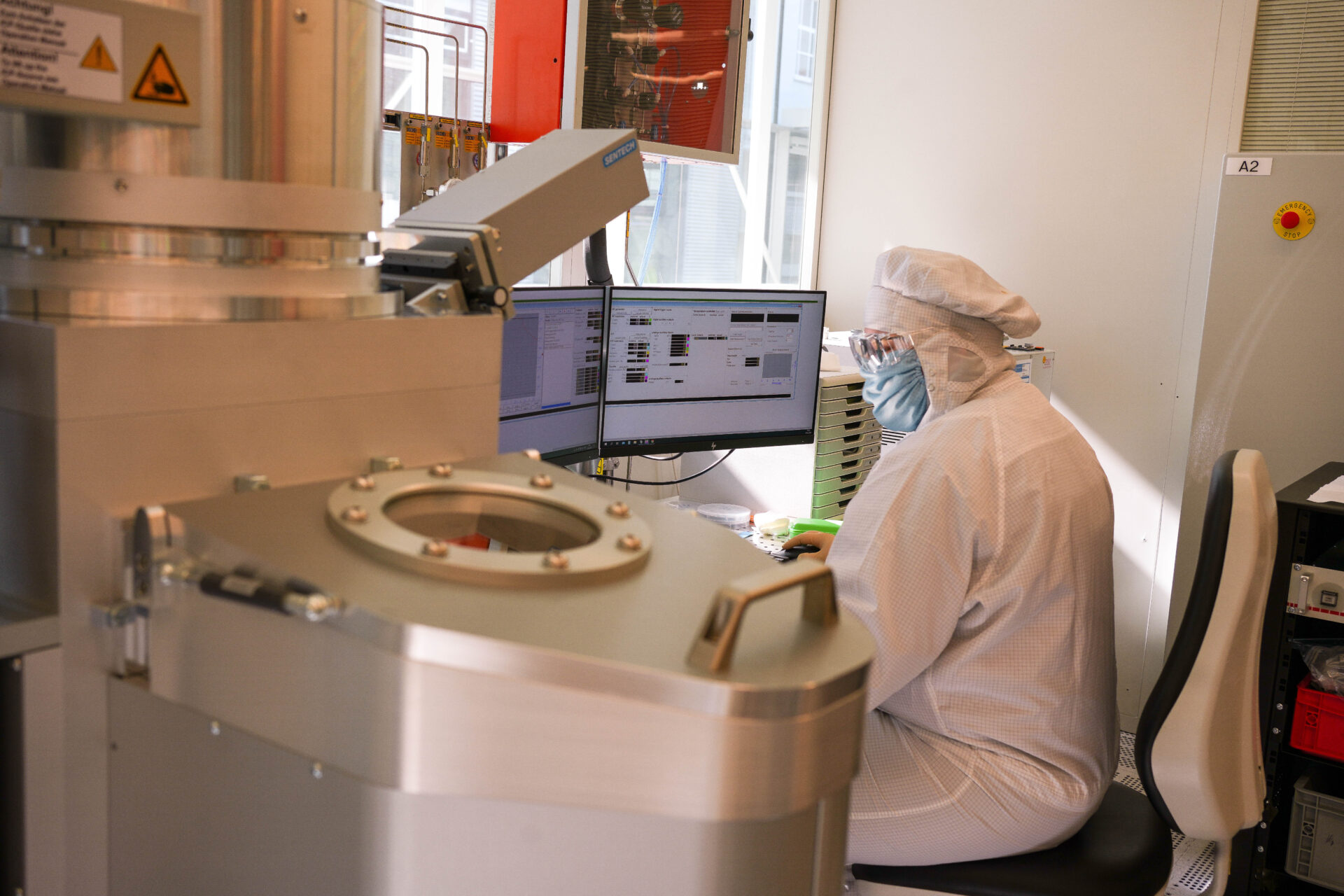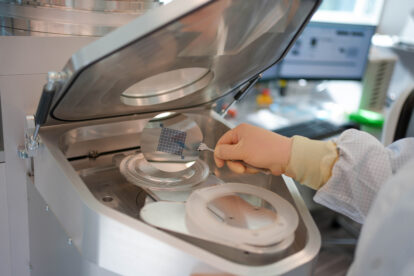
TU Ilmenau – Quantum sensors in the field: Searching for mineral resources with SQUID
Copper, nickel, lithium, gold, cobalt – valuable raw materials such as these are used in microchips, batteries, and solar panels, and form the basis for our technological progress. The semiconductor industry alone requires huge quantities of silicon every year – and this figure is rising. However, the extraction of these mineral resources is usually invasive and harmful to the environment, and Europe is also heavily dependent on raw material imports from abroad.
A more gentle alternative to drilling into the earth or complex geophysical methods on the ground are contactless methods from the air for exploring mineral resources: In geophysical exploration, the magnetic and electrical properties of the subsurface are precisely recorded simultaneously using airborne measurements, thus identifying new deposits of mineral resources and their reserves – without any intervention in the earth.
In the European research project MAQSIMAL, funded nationally by the BMBF, non-invasive geophysical methods for mineral exploration are being researched and improved with the participation of the Technical University of Ilmenau. At the heart of the project is a novel quantum sensor that measures at a significantly higher resolution than previous sensor technology and can thus also detect deeper geological layers – in some cases up to 2.5 kilometers deep. This allows previously hidden deposits to be detected more sustainably and described in three dimensions.
At the Department of Theoretical Electrical Engineering at TU Ilmenau, doctoral student Clara Stolzenberg is working on the development of such a sensor. At the heart of her research is the SQUID – a superconducting quantum interference device that detects magnetic fields with extreme sensitivity. To manufacture it, Clara uses a state-of-the-art plasma etching system at the Center for Micro- and Nanotechnologies (ZMN), which was purchased through the BMBF-funded ForLab NataliE project.

In this process, she applies several layers of material to a silicon wafer. Using photolithography and a chlorine plasma process, she etches tiny structures out of the material that will later form the electrical contacts and superconducting paths of the sensor. This is how the smallest structures in the SQUID are created using the maskless aligner: the so-called Josephson contacts of the SQUID on a sub-micrometer scale, as Clara explains: “The special feature of the SQUID is its structure consisting of two Josephson contacts coupled via an inductance that makes quantum interference effects usable. This allows us to measure the finest changes in magnetic fields – even at depths of several kilometers.”
Before the sensor is deployed in the field, it is tested under real operating conditions at the Technical University of Ilmenau. To do this, it is immersed in a helium bath at 4.2 Kelvin – made possible by a modern helium liquefaction plant, which is also part of the ForLab infrastructure. The finished SQUID is then mounted in a helium-cooled capsule several meters below a helicopter and flown over geologically interesting areas. Initial test flights are planned in Sweden and Portugal – regions with varying degrees of magnetic subsoil. The goal is to develop a universally applicable sensor that can provide geophysical data regardless of rock type.
In addition to protecting the environment, the project aims to reduce dependence on raw material exports from non-European countries. “If we can explore mineral resources efficiently and sustainably, we will strengthen Europe’s raw material sovereignty,” Clara emphasizes. The cooperation partners of the MAQSIMAL project are supracon AG in Jena, GRM-services Oy (Finland), LKAB (Sweden), and Laboratório Nacional de Energia e Geologia in association with SOMINCOR Boliden (Portugal).
The plasma etching system, the helium liquefaction system, the maskless aligner, and other equipment purchased by the “Forschungslabore Mikroelektronik Deutschland (ForLab)” association are located at the Center for Micro- and Nanotechnologies at the Technical University of Ilmenau and are available for use by ForLab universities and their partners from research and industry.
Cover photo: In the clean room at the Center for Micro- and Nanotechnologies, Clara Stolzenberg uses the ForLab etching system to develop a sensor that will enable the measurement of minute magnetic field changes in magnetized and/or electrically conductive structures at great depths. Photo: Eleonora Hamburg